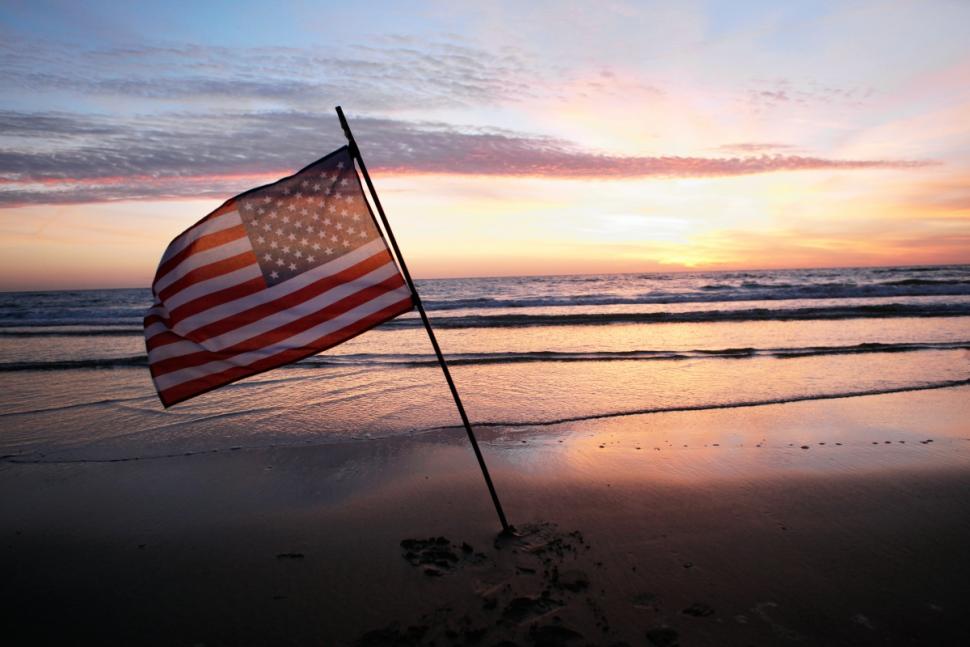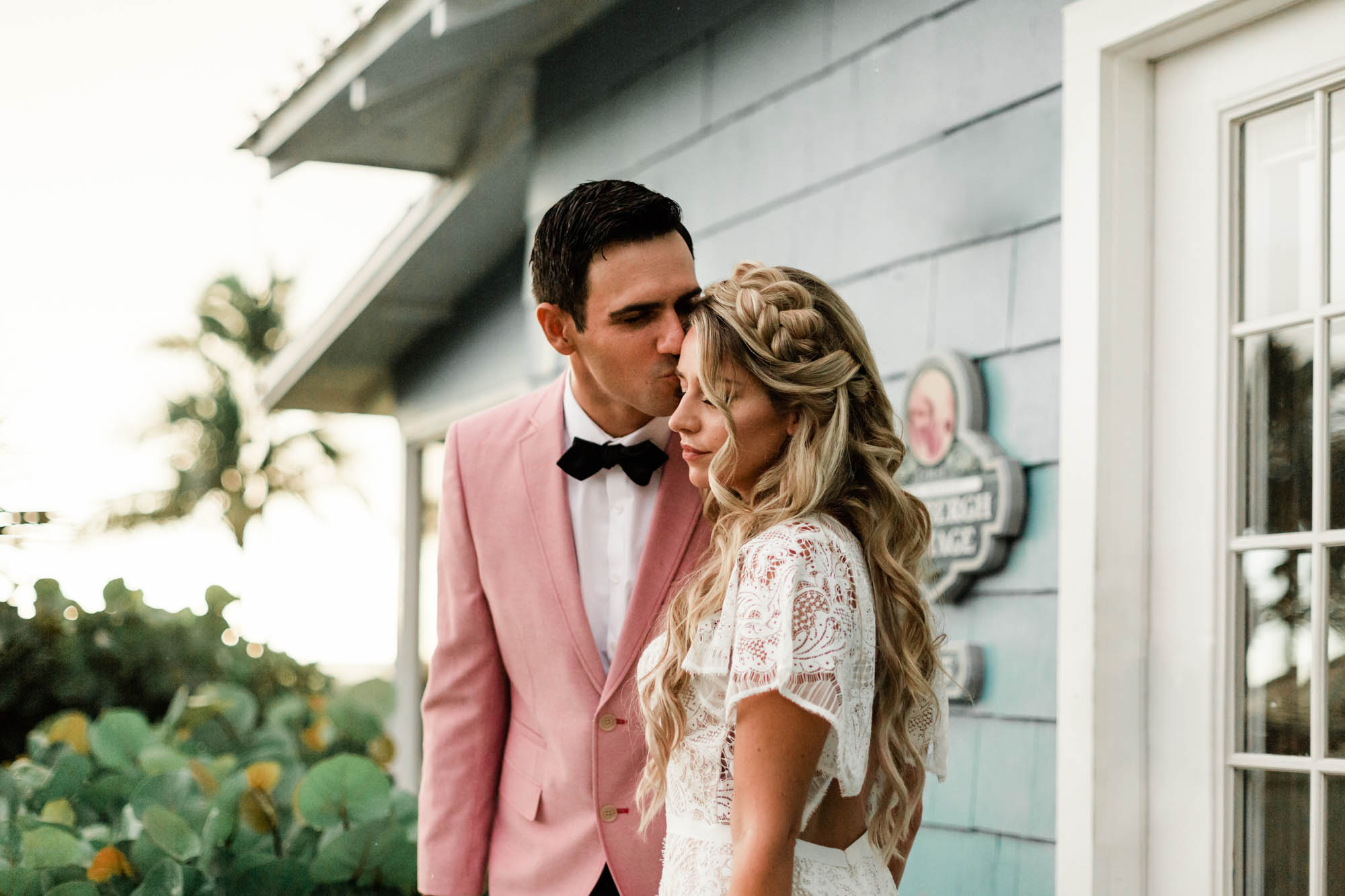Do your kids love animals? You just won’t believe all the wildlife you can see on Captiva and Sanibel, even right onsite at ‘Tween Waters Inn. Here are some of my family’s favorites along with a few tips on where you’re likely to see them:
Snowy Egrets
These snowy, white birds have bright yellow feet and love to walk the shoreline. You’ll also see them on fishing piers, docks, or anywhere they can steal a quick meal.
Manatees
Look for perfect swirls in the water from their wide, paddle tails, or spy their whiskered noses breathing above the waterline. Spy them at the onsite marina or while kayaking. In winter, hundreds gather at Manatee Park.
Ospreys
See that big bunch of sticks, high above the wooden pathway near the ‘Tween Waters front desk? It’s an osprey nest! Look for them along San-Cap Road, too. These birds of prey are skilled fisherman and carry off their catch in their talons. A pair lives at Sanibel Lighthouse, listen for their screechy chirps.
Gopher Tortoises
In Florida, gopher tortoises are a threatened species, so spotting one is exciting. They love walking near the road, so be alert. You can help one cross the street if you see that it’s in danger. Watch this video to learn more.
Marsh Rabbits
Believe it or not, these brown, cotton tail bunnies are good swimmers. Do the four-mile Wildlife Drive at J.N. Ding Darling Wildlife Refuge (by car or bike) in the morning or at sunset and you’ll see them roadside.
Alligators
Head to Wildlife Drive at Ding Darling to see this Florida must-see. Look for a dark snout (and some of their back) sticking out of the water, and swimming slowly. Gators love sunning themselves on the water’s edge; rangers will rope off this area with yellow tape. Keep your distance.
Dolphins
Frolicking and jumping, these mammals are magical! Look for them at the onsite marina or swimming right off the beach. Or, take a dolphin tour and see them up close.
Sea Turtles
Loggerheads are most common, and late spring to October, they come here to nest. Females crawl up the beach at night, lay eggs, cover them, and return to sea. In 60-75 days, hatchlings emerge. If you see a big turtle at night, observe from a distance and don’t shine a light. You can also spy tracks in the morning (see photo)! So far this year, 163 nests on Captiva and 504 on Sanibel have been recorded. Nests are marked with sticks and yellow tape. Please do not approach (but you can take photos)!
I hope you get to see all of these island favorites, and more. Oh, and look for bright pink Roseate Spoonbills while you’re here, too. (They hang out on Wildlife Drive at low tide.)




